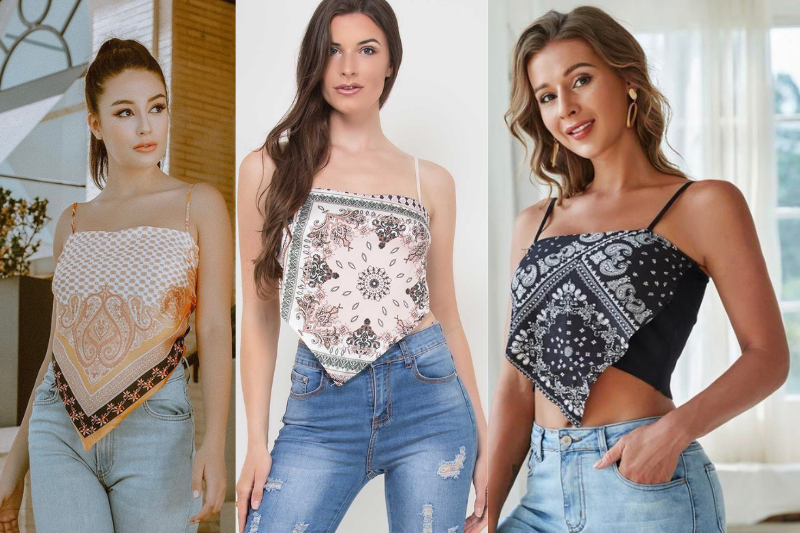With its intricate paisley designs and vibrant colours, the bandana pattern has evolved from a practical accessory to a fashion statement, transcending generations and cultural boundaries. This transformation underscores its versatility and enduring appeal. This article delves into the captivating history, cultural significance, and modern-day uses of the bandana pattern, celebrating its iconic status in both fashion and culture.
What is the Bandana Pattern
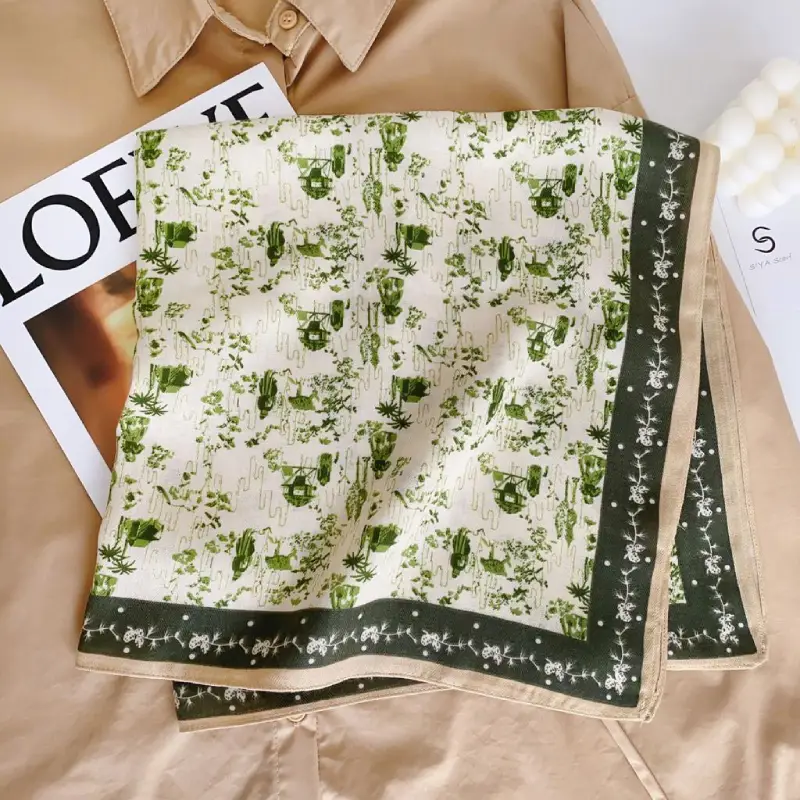
The bandana pattern is a distinctive and intricate design commonly found on square pieces of cloth. Characterized by its symmetrical paisley motifs, floral elements, and geometric shapes, the pattern is often printed on cotton or silk fabric. Traditionally, bandanas are available in colours like red, blue, or black with white designs, creating a striking contrast. With its teardrop shape and curved upper end, the paisley motif is a hallmark of the bandana pattern, contributing to its unique and recognizable appearance. This detailed and artistic design has made bandanas a beloved accessory in various cultural and fashion contexts, symbolizing utility and style.
Origin of the Iconic Bandana Pattern
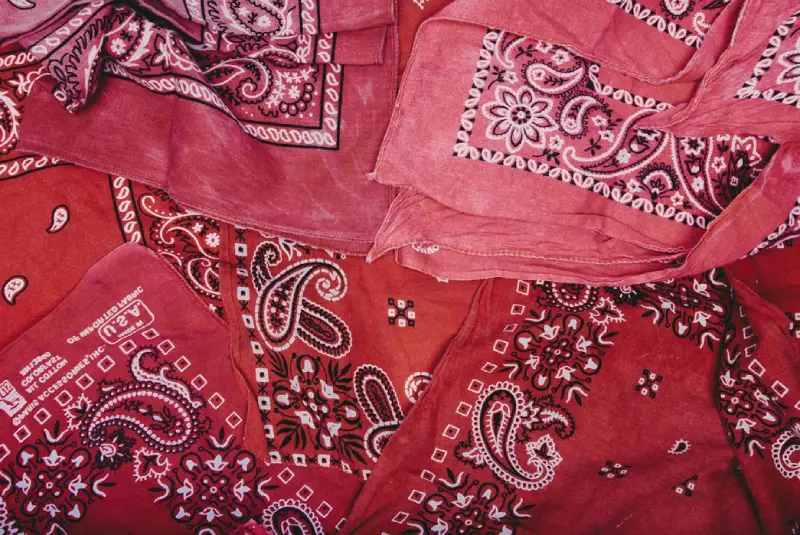
The origins of the bandana pattern can be traced back to ancient Persia and India, where it was used in textiles like shawls and handkerchiefs. The word “bandana” comes from the Hindi term “bāndhnū,” meaning “to tie,” which reflects its traditional use as a tied accessory. In the 17th century, Portuguese traders introduced these vibrant textiles to Europe, where their intricate designs quickly gained popularity. By the 18th century, bandanas had made their way to America, becoming essential items for cowboys and labourers who valued their practicality for protection against dust and sun. The vibrant patterns and durable fabrics also added a touch of style to their everyday attire.
Evolution of Bandana Pattern
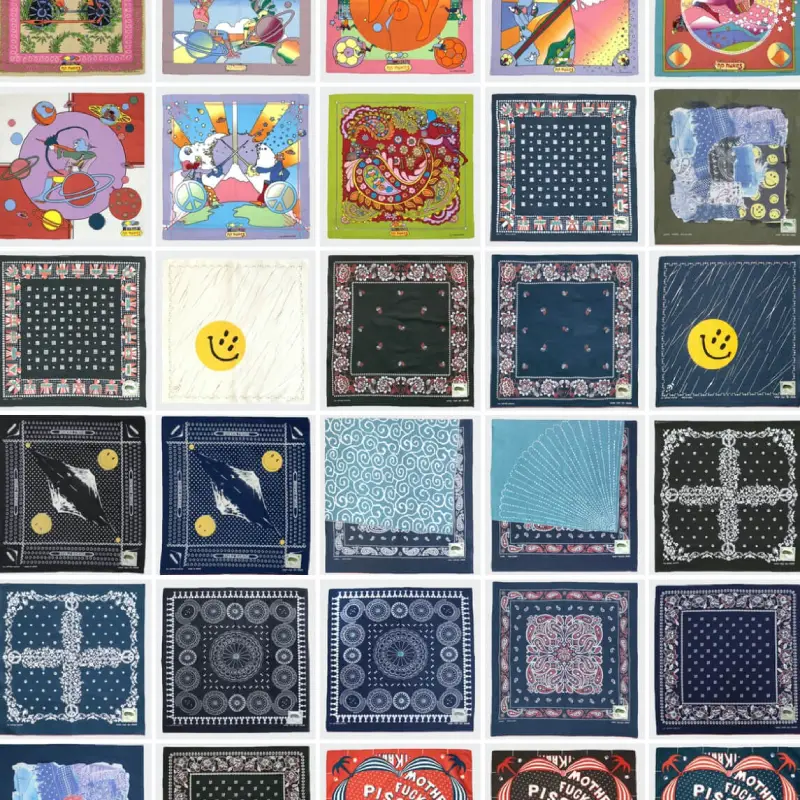
The bandana pattern has evolved significantly, transitioning from a utilitarian accessory to a cultural icon. In the early 20th century, bandanas were primarily used by workers and farmers for practical purposes. However, during the 1960s and 70s, they became counterculture symbols, adopted by bikers, hippies, and musicians as signs of rebellion and individuality. Icons like Tupac Shakur and Axl Rose incorporated bandanas into their signature looks, cementing the pattern’s association with nonconformity and style. In recent decades, high fashion designers have embraced the bandana pattern, incorporating it into luxury collections and streetwear, thus ensuring its continued relevance in modern fashion.
10 Cultural Significance of the Bandana Pattern
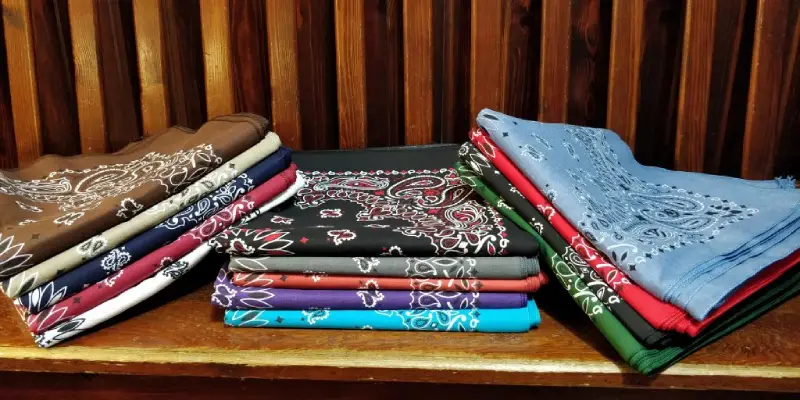
- Rebellion: The bandana has long been a canvas for individual expression and a symbol of nonconformity. In the 1950s, biker gangs adopted the bandana as a means to stand out and express their defiance against societal norms. In the 1970s, punk rockers used bandanas to showcase their anti-establishment sentiments. The bold patterns and vibrant colours of bandanas represented a rejection of mainstream fashion and a desire to be unique.
- Solidarity: The bandana has a rich history of fostering unity and solidarity. During labour movements, workers used bandanas to show their collective strength and unity. For example, in the 1910s and 1920s, American labour activists wore red bandanas as a symbol of their collective struggle for better working conditions. This simple accessory became a powerful emblem of collective action and resistance, uniting people from diverse backgrounds under a common cause.
- Bandanas have played a significant role in music and pop culture. Artists like Tupac Shakur and Axl Rose made bandanas iconic parts of their looks, influencing fans and fashion trends. In the 1990s, the hip-hop community embraced bandanas, using them as symbols of identity and style. The bandana’s association with influential musicians has cemented its status as a cultural icon.
- Sports: Athletes often wear bandanas not just for practical reasons, but also as a means of personal expression. In sports like tennis, basketball, and cycling, bandanas help keep sweat off the face and secure hair in place. Beyond practicality, bandanas add a touch of personal flair to athletic gear, allowing athletes to express their individuality and style.
- Fashion: The bandana pattern is a staple in fashion, appearing in everything from casual streetwear to high-end runway shows. Designers use the pattern to add a touch of nostalgia and edge to their collections. The bandana’s versatility allows it to be incorporated into various fashion items, such as shirts, skirts, and jackets, making it a timeless and adaptable design.
- Gang Culture: Unfortunately, bandanas have also been associated with gang culture. In the 1980s and 1990s, gangs in the United States used specific colours and patterns to denote affiliation and territory. For example, the Bloods gang is known for wearing red bandanas, while the Crips gang is associated with blue bandanas. This association with gang culture has added a layer of complexity to the bandana’s cultural significance.
- Patriotism: Bandanas are often used to display national pride. During national celebrations and events, people wear bandanas featuring their country’s colours or symbols. For instance, bandanas adorned with stars and stripes in the United States are popular during the Fourth of July celebrations, symbolizing patriotism and national unity.
- Practicality: Beyond their cultural meanings, bandanas continue to be used for their original practical purposes. They are worn as headwear, face masks, and handkerchiefs, highlighting their enduring utility. Bandanas protect against dust, sun, and wind in outdoor settings, making them indispensable for hiking, farming, and construction work.
- Art and Craft: Bandanas’ intricate designs are appreciated as works of art. Crafters and DIY enthusiasts use bandanas to create unique projects, such as quilts, tote bags, and home decor items. The bandana’s rich history and cultural significance add an element of storytelling to these craft projects, making them cherished pieces of art.
- Versatility: The bandana pattern’s adaptability allows it to be used in a variety of ways. From fashion accessories to home decor, bandanas demonstrate their wide-ranging appeal. They can be worn as headbands, neckties, or wristbands, tied around bags as decorative accessories, or used to personalize luggage. This versatility makes bandanas a beloved and practical item in everyday life.
15 Ways the Bandana Pattern Has Influenced Modern Fashion
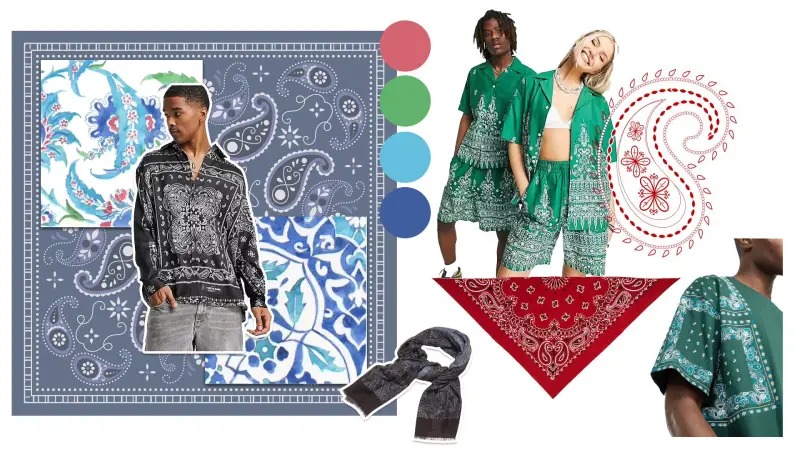
- Streetwear: The bandana pattern has become a staple in streetwear, appearing on hoodies, t-shirts, and sneakers. Brands like Supreme and Off-White have incorporated bandana prints into their designs, adding a rebellious style to their collections.
- Runway Shows: High fashion designers have embraced the bandana pattern, showcasing it in their runway shows. Brands like Balenciaga and Alexander McQueen have used bandana prints in their collections, demonstrating the pattern’s versatility and timeless appeal.
- Celebrities: Through their fashion choices, celebrities and influencers have popularized the bandana pattern. Stars like Rihanna, Kendall Jenner, and Harry Styles have been spotted wearing bandanas, influencing fans and setting trends.
- Festival Fashion: Bandanas are a popular accessory at music festivals. They can be worn as headbands, scarves, or tops. Their practicality and style make them a go-to item for festival-goers looking to make a fashion statement.
- Gender Neutrality: The bandana pattern transcends gender norms, making it a unisex accessory. Its versatility allows it to be styled in various ways, appealing to both men and women.
- Accessories: Beyond clothing, the bandana pattern is used in accessories such as bags, hats, and shoes. These items add a touch of vintage charm and rebellious spirit to any outfit.
- DIY Fashion: The bandana pattern inspires DIY fashion projects. From customizing jeans with bandana patches to creating bandana-print face masks, the pattern encourages creativity and personalization.
- Pet Fashion: The bandana pattern has entered pet fashion, with bandanas explicitly designed for pets. These stylish accessories add flair to pets’ outfits, making them look adorable and fashionable.
- Home Decor: The bandana pattern is used in home decor, from tablecloths and curtains to pillow covers and wall art. Its intricate design adds a unique and artistic touch to interior spaces.
- Sustainable Fashion: The bandana pattern is embraced in sustainable fashion, where vintage bandanas are repurposed into new clothing items and accessories. This practice promotes sustainability and gives new life to old textiles.
- Pop Culture References: The bandana pattern is often referenced in pop culture, appearing in movies, music videos, and television shows. Its iconic status makes it a recognizable and meaningful symbol.
- Hairstyles: Bandanas are hair accessories that add a stylish touch to various hairstyles. They can be tied around ponytails, used as headbands, or incorporated into braids.
- Children’s Fashion: The bandana pattern is prevalent in children’s fashion, appearing on clothing, accessories, and toys. Its playful and colourful design appeals to both kids and parents.
- Vintage Fashion: The bandana pattern is a key element in vintage fashion. It is often used in retro-inspired clothing and accessories. Its nostalgic charm makes it a beloved design in the vintage fashion community.
- Custom Prints: The bandana pattern inspires custom prints, allowing individuals to create personalized bandanas with unique colours and designs. This customization adds a personal touch to the iconic pattern.
15 Versatile Uses of Bandanas
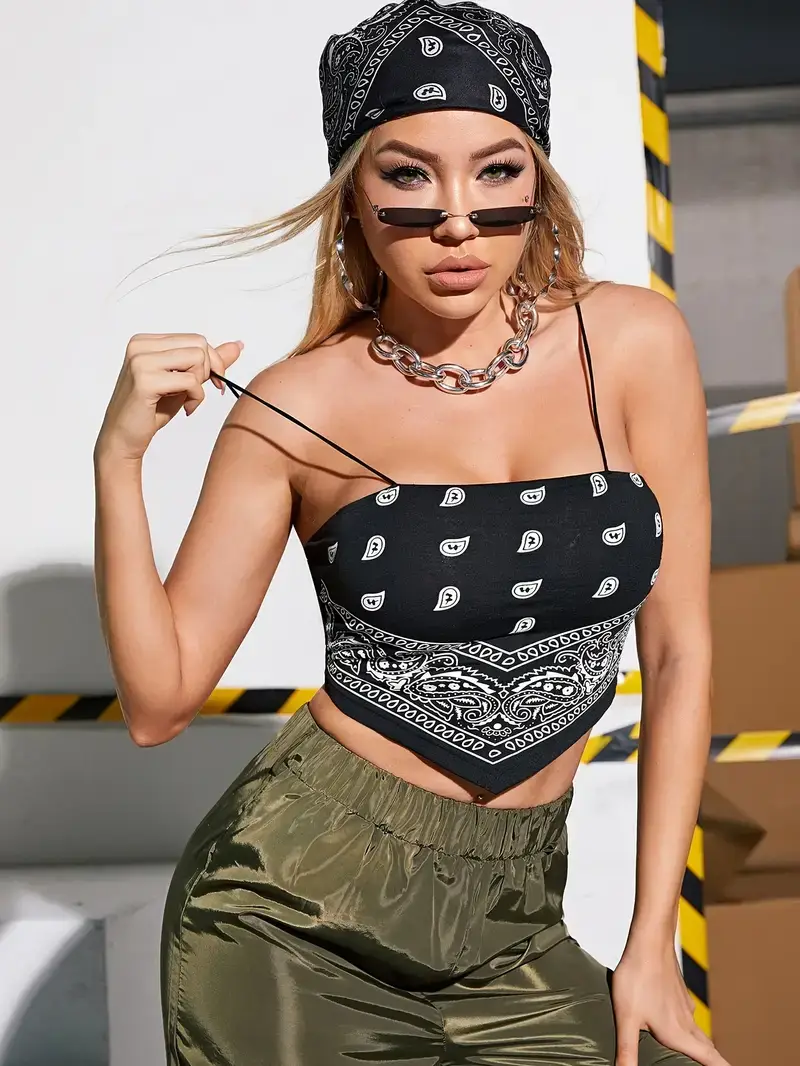
- Headbands: Bandanas make stylish and practical headbands, keeping hair in place and adding a pop of colour to any outfit.
- Neck Scarves: Worn around the neck, bandanas add a touch of flair and sophistication to casual and formal attire.
- Face Masks: Bandanas can be used as makeshift face masks, protecting against dust, wind, and germs.
- Wristbands: Bandanas, tied around the wrist, are fashionable and functional, perfect for wiping sweat during physical activities.
- Bag Accessories: Bandanas can be tied around bags or luggage handles as decorative accessories, adding a unique and personalized touch.
- Hair Ties: Hair ties and bandanas add a stylish and retro vibe to ponytails and buns.
- Handkerchiefs: Bandanas make practical and reusable handkerchiefs, reducing the need for disposable tissues.
- Napkins: Bandanas can be used as napkins in home decor, adding a rustic and charming touch to table settings.
- Table Runners: Bandanas can be sewn together to create unique and colourful table runners for special occasions.
- Wall Art: Framed bandanas make beautiful and artistic wall art, showcasing their intricate designs and cultural significance.
- Pet Accessories: Bandanas are fashionable pet accessories worn as collars, capes, or headbands.
- Craft Projects: Bandanas inspire craft projects, from quilts and tote bags to DIY clothing items.
- Sports Gear: In sports, bandanas keep sweat off the face and secure hair, providing both functionality and style.
- Travel Accessories: Bandanas are versatile travel accessories. They can be used as eye masks, neck pillows, or impromptu bags.
- Emergency Uses: Bandanas can serve as emergency bandages, tourniquets, or slings in first-aid situations, highlighting their practicality and versatility.
Conclusion
Its rich history and cultural significance make the bandana pattern a fascinating and enduring design. It has evolved from its origins in ancient textiles to its role as a fashion and cultural icon symbolizing rebellion, solidarity, and style. Its versatility in modern fashion and practical uses demonstrate its timeless appeal. As we embrace the bandana pattern in various aspects of life, we celebrate its unique and iconic status, ensuring that this beloved design remains relevant and cherished for future generations.

